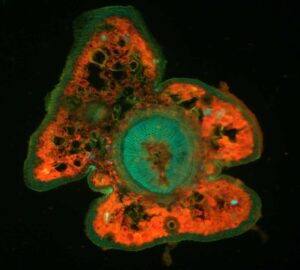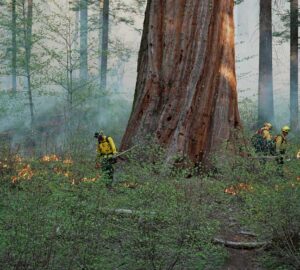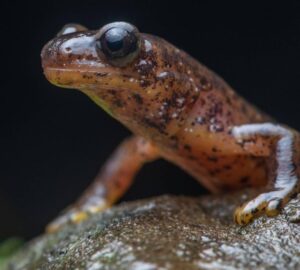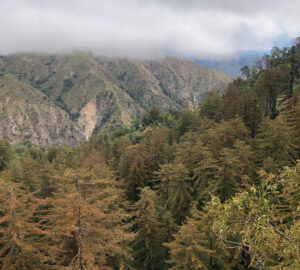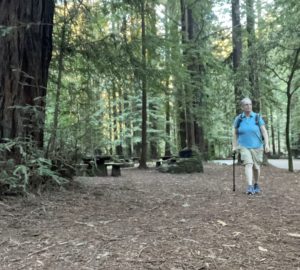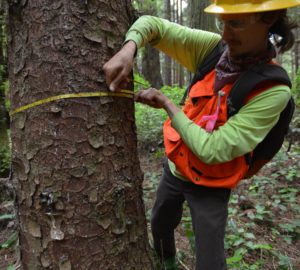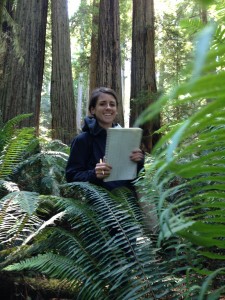 The best part of the year for any field ecologist like myself, is the stretch of long summer days spent outside collecting data. Over the past two months, I journeyed into the coast redwood forest to take measurements in our Fern Watch research plots established to study how climate is impacting forest plants.
The best part of the year for any field ecologist like myself, is the stretch of long summer days spent outside collecting data. Over the past two months, I journeyed into the coast redwood forest to take measurements in our Fern Watch research plots established to study how climate is impacting forest plants.
Western sword fern is the most common plant in the coast redwood forest. In wet forests, like the rain forests of Humboldt and Del Norte Counties, it grows in patches so thick on the forest floor that the ferns are hard to walk through. In drier forests however, like the coast redwood forests of Santa Cruz and Monterey Counties, sword ferns grow more sparsely and the fronds on these ferns are shorter.
This year, with many field helpers, we counted the ferns, measured their fronds, and looked for signs of fern health and sickness. We had a dry spring in the redwoods and it seems some of the ferns had shorter fronds than in the previous year, a sign that drought limited their spring growth. That said, we also realized that many baby ferns started growing in the plots since last year, indicating the fern population may actually be growing.
Each summer, we will revisit these plots to check on the sword ferns to see if rising temperatures are changing the cover of sword fern on the forest floor. This is important to me, because I can’t imagine walking through a redwood forest without the lush green layer of ferns below the redwoods.

